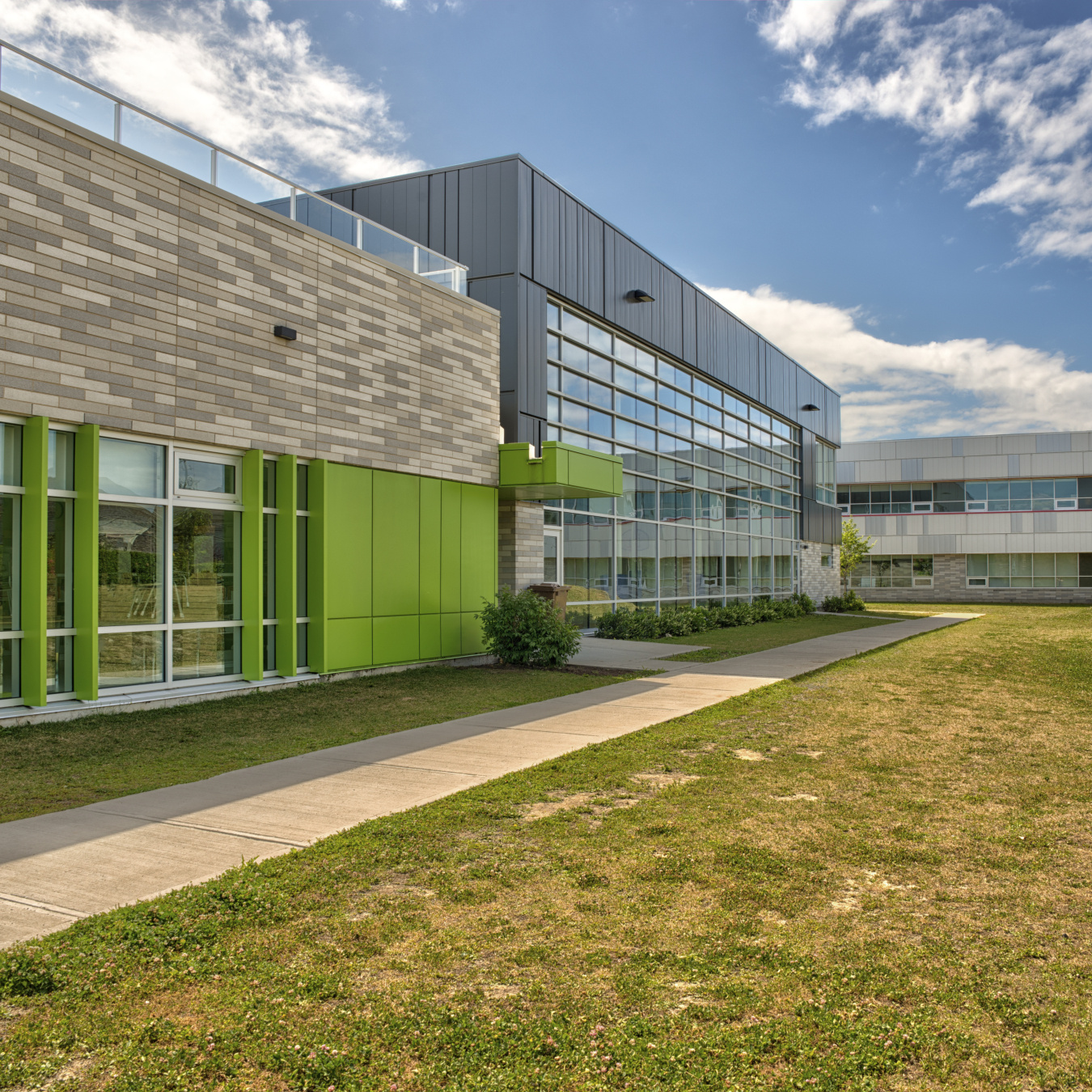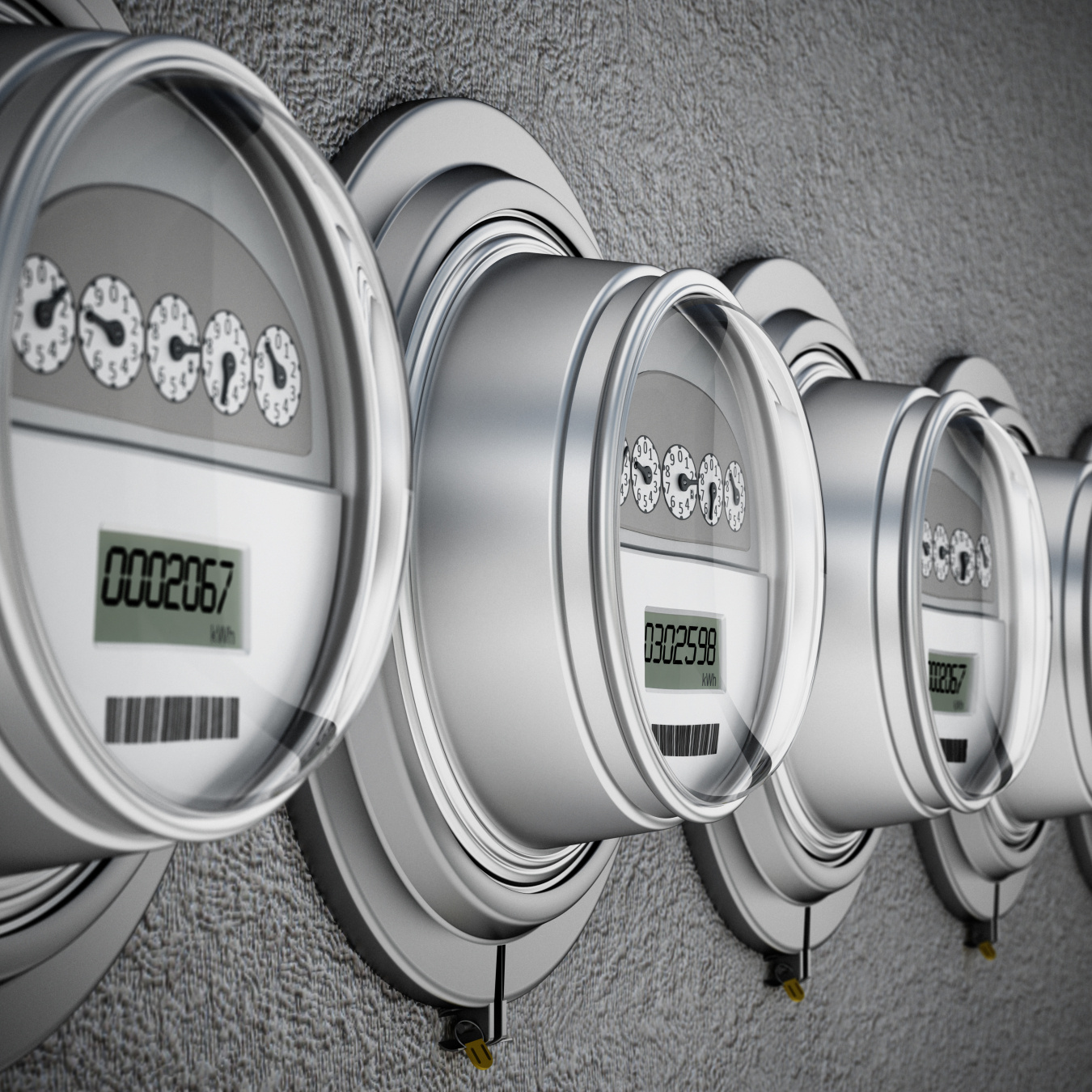By making a commitment to high-performance schools, many school districts are discovering that smart energy choices can have lasting benefits for their students, their communities, and the environment. School districts saving money through energy efficiency can free up funds to hire more teachers, purchase more textbooks and computers, or invest in additional high-performance facilities. Beyond these bottom-line benefits, schools can realize improved overall student health, decrease absenteeism, and better serve as community centers.
Districts and schools can leverage a combination of sources to fund energy-efficiency upgrades, including federal and state resources, internal financing, debt financing, leasing arrangements, and energy service performance contracts among others.
This page features solutions to access capital and financing energy-efficiency projects in schools. While not all financing options presented will be available in every region or state, they represent a cross-section of what is available in the market.
-
 Learn about projects funded with approved current operating or capital funds.September 29, 2021
Learn about projects funded with approved current operating or capital funds.September 29, 2021 -
 Learn about leveraging bank loans, bonds, and open markets to finance projects.September 29, 2021
Learn about leveraging bank loans, bonds, and open markets to finance projects.September 29, 2021
-
-
 Learn about leveraging energy savings to finance projects.March 31, 2022
Learn about leveraging energy savings to finance projects.March 31, 2022
-
 Learn how to implement efficiency projects with no upfront capital expenditure.September 28, 2021
Learn how to implement efficiency projects with no upfront capital expenditure.September 28, 2021 -
 The 179D commercial buildings energy-efficiency tax deduction enables building owners to claim a tax deduction for installing qualifying systems.December 4, 2025
The 179D commercial buildings energy-efficiency tax deduction enables building owners to claim a tax deduction for installing qualifying systems.December 4, 2025
Additional Resources
Finding money for energy-efficiency projects in the public sector: The paper describes how energy services performance contracts (ESPCs) for themselves within existing operating and capital budgets. It equips you to persuade lease-purchase agreements, energy-efficiency bonds, and state green banks may offer you practical solutions when no money is available in the current budget for further improvements. This document also provides clear financial reasoning and cost modeling, which demonstrate that energy-efficiency projects really can help the decision makers within your school district, city, county, community college, university, or state that implementing energy-efficiency upgrades is a good business decision and should be done as soon as possible.
Financing Energy Upgrades for K-12 School Districts: This guide explicitly focuses on comprehensive energy upgrades, those that involve multiple measures and are targeted toward achieving significant and persistent energy savings. These projects typically require large capital outlays, and often necessitate financing to limit a school’s need to pay all of these costs up-front. There are also a range of less capital-intensive activities that schools can pursue to save energy—including education and behavior change, better scheduling of equipment and systems, and training staff to more actively manage energy usage. These O&M-related activities can also have dramatic results, and should be pursued.
Current Practices in Efficiency Financing: An Overview for State and Local Governments: Efficiency financing program—those offering loans and loan-like products—are growing in number and size. When deciding whether to start a new program, tune up an existing program, or create a Green Bank, state and local governments need to understand the full range of financing product options for target participants, the tradeoffs of various products, and potential advantages and disadvantages for different types of customers. Lawrence Berkeley National Lab’s report, Current Practices in Efficiency Financing, is a guide to all customer-facing financing products—products offered by a lender directly to a borrower—used to pay for energy efficiency.
Energy Savings Performance Contracting: A Primer for K-12 Schools: This primer explains how schools can use ESPC to save money by improving building energy efficiency and reducing operating costs while increasing occupant comfort and productivity.


